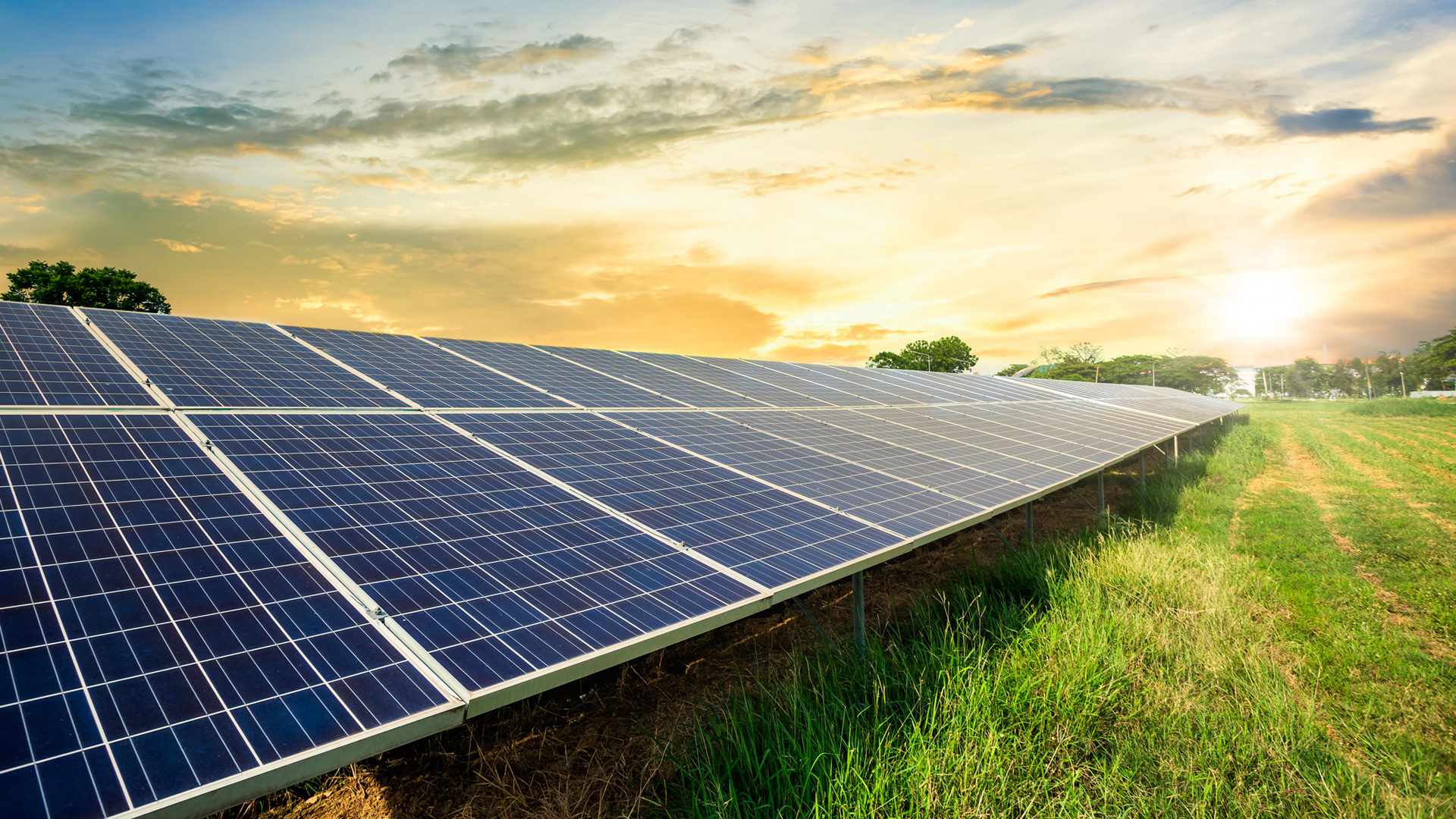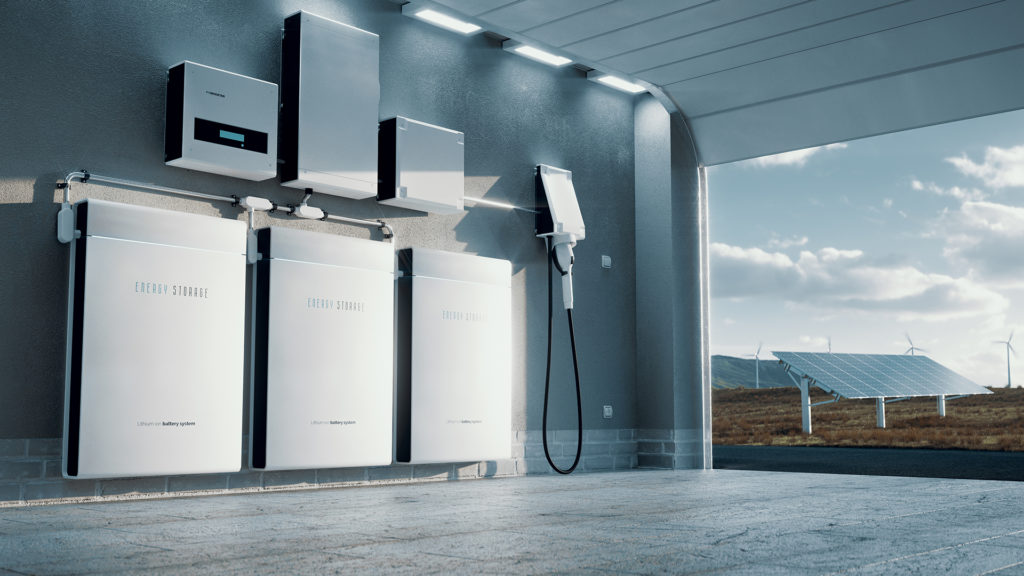Sustainability and environment
Solutions for a sustainable future

Our company respects the environment and proposes and implements sustainable energy solutions.
We build plants that produce energy from renewable sources using raw materials ethically produced and environmentally sustainable.
Energy from renewable sources

From a social perspective, photovoltaic systems reduce the demand for energy from other traditional sources by contributing to the reduction of air pollution (carbon dioxide emissions otherwise generated by thermal power plants).
The carbon dioxide emission “avoided” each year is easily calculated.
Simply multiply the value of electricity produced by the PV system by the Italian electricity mix factor (0.531 Kg Ci2/kWhel). E.g. 1000 kWhel/kWp x 0.531 kg = 531 kg Co2.
Then multiplying the carbon dioxide “avoided” each year by the entire life of the PV system, or 30 years, gives the overall social benefit. In the above example, the photovoltaic system during its lifetime “avoids” the production of 15,930 kg of CO2 and facilitates compliance with the Kyoto Protocol.
The impact on the landscape

The modularity of solar panels allows modules to be integrated on existing surfaces of homes, usually on roofs. Therefore, the environmental and landscape impact is nil.
Reducing the need for oil

Here is how it is possible to reduce oil requirements by 80 percent, particularly in the transportation sector:
An analysis of fossil fuel reserves, a survey of the state of thermal renewables and the socio-economic effects of renewables expansion: these are the main contents of the report “Energy [R]evolution: A Sustainable World Energy Outlook” presented by the European Renewable Energy Council (EREC), the Global Wind Energy Council (GWEC) and Greenpeace.
More renewables and more efficient vehicles can stop our dependence on fossil fuels. That’s what the report “Energy [R]evolution: A Sustainable World Energy Outlook” shows: this report includes for the first time an analysis of fossil fuel reserves, a survey of the status of thermal renewables and the socio-economic effects of renewable expansion. Under this scenario, after peaking in 2015, emissions would be reduced as the scientific community demands to avoid the worst effects of climate change. By 2050, emissions would be 80 percent below 1990 levels.
The report, presented by the European Renewable Energy Council (EREC), the Global Wind Energy Council (GWEC) and Greenpeace, includes a detailed roadmap describing how to reduce oil requirements by 80 percent: increases in engine efficiency that, in Europe alone, could reduce consumption by 40 percent; reduction to one-third of current consumption through smaller cars, made from lighter materials and with greater use of electric propulsion from renewable sources; and substantial expansion of public transport services.
According to the Energy [R]evolution 2012 scenario, renewables could provide up to 90 percent of electricity for heating, or more than 70 percent for transportation. This transformation would ensure economic growth and lower energy costs.
The investment needed to implement the Energy [R]evolution scenario to 2050 is estimated at $1.2 trillion/year, or only 1 percent of global GDP. A scenario based on the use of fossil fuels predicts lower costs ($506 billion/year), but it is estimated that a future system based on renewables would provide savings of $1.3 trillion/year, largely cancelling out the investment costs incurred in converting the current energy system. Finally, the global employment impact of the scenario analyzed is greater than baseline, with 4.8 million more jobs worldwide by 2020, also benefiting developing countries.
